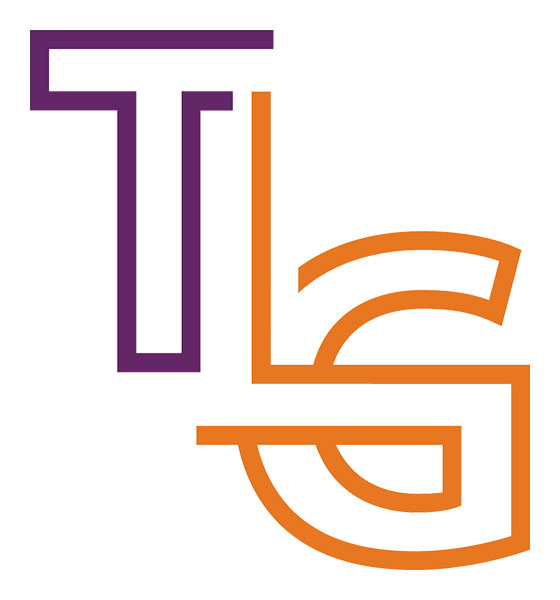Companies are becoming increasingly aware of the need of a diverse staff that feels comfortable and confident sharing their ideas. For companies that don’t focus on Diversity and Inclusion (D&I) they may experience a problematic work environment that stifles innovation and even infringes on the needs and rights of their staff. A D&I Program can help any organization ensure an equitable work environment for all employees.
What Is Diversity and Inclusion?
Now that “Diversity and Inclusion” has become more of a hot topic, it’s important to know exactly what it means. First things first: diversity and inclusion are not the same thing. Diversity is the state of being for your business. It’s the people you hire and what roles they’re performing. Inclusion is the action your business takes. This includes everything from the hiring process, to watercooler conversations, to advancement strategies and more. You can have diversity without inclusion, but not vice versa. To have a Diversity and Inclusion Program you must include both aspects.
What are the Most Important Principles of a D&I Program?
To have a D&I program that is effective for your organization, there are a few things that need to happen. The most important is that upper management must be 100% on board. Because upper management and supervisors can control so much of the company culture, they have a huge impact on both diversity and inclusion.
Next, there must be a good understanding of the organization’s current environment. This may include surveying employees, auditing your hiring process and more. This self assessment needs to be honest in order to fully understand problems that may impact the company.
And third, there must be a commitment to making D&I an ongoing process for the company. There is no one solution or one quick fix to ensure that a company has solid diversity and inclusion. A good D&I program includes ongoing reviews and updates.
When Should A Company Start A D&I Program?
Ideally, a company should create their D&I program before it becomes a problem. Getting started on the right-foot is always a good idea, and will help a company build a culture of inclusion from the very beginning.
However, this is not always the case. Many times, a D&I program is initiated because of a problem that occurs within the organization. When this happens, it’s often up to the HR team to investigate issues that arise and alert upper management that change is needed. If the in-house HR team doesn’t have the skills needed to create a D&I program, they may need to hire an outside consultant to help create a program that suits the company.
What does a D&I Program Look Like?
There is no single cut and dry D&I program. These programs should be made for specific businesses based on their size, any problems they may be facing, and the individuals in the company.
Simply put, a D&I program should decide upon a specific goal, then look at what is currently happening, and build a program that helps fulfill that goal.
This should start with an open and honest assessment. An assessment may include surveys, interviews, and data collection. This should set a baseline for where the company stands in terms of D&I.
Next should be the creation of an action plan. Depending on the problems of the organization, this may include any number of steps. A few examples are as follows:
- Update to the mission, vision, and culture of the organization. This may need to be changed to reflect that the organization has D&I at the core of their business. When the actual mission statement is updated, this should be reflected throughout the company and website.
- Company-wide meetings. The entire organization should know that D&I is a core part of the business. This will require informing the entire organization, and should include information on how the organization is moving forward.
- D&I Training. Some teams, supervisors, or upper management may require direct training to ensure they’re working with their employees in an inclusive manner. This may include education on microaggressions, communication and more.
- Team building. Exercises that focus on teamwork and enforce the training can help make sure that the whole team is able to work together effectively.
Finally, when the action steps are taken, there should be a repeat of the cycle. The HR team needs to regularly check back in and see what new action steps may be needed. For a company that isn’t having huge issues in terms of D&I, this can be included in the HR department’s annual review. For companies that are experiencing D&I problems, this should be reviewed every quarter, or twice a year.
What is the Harm in Not Having a D&I Program?
Having a diverse staff that works effectively together makes for a better business. When all of your employees look the same and have a similar upbringing, they’ll likely think about problems in a similar way. Having diverse talent in an organization means you’ll get to know your consumers better and have more unique ideas that can only benefit your business.
Plus, in an employment landscape that heavily favors companies with diversity and inclusion at their core, you’ll be able to find top talent that is more invested. Companies that decide that diversity and inclusion doesn’t matter now won’t matter in the future.
Transcendent Law Group offers Diversity, Equity & Inclusion Implementation & Training that speak directly to the organization’s culture. We assist companies with implementing new programs and strategies and assist organizations in updating more mature D&I programs. Contact us today to learn more!

